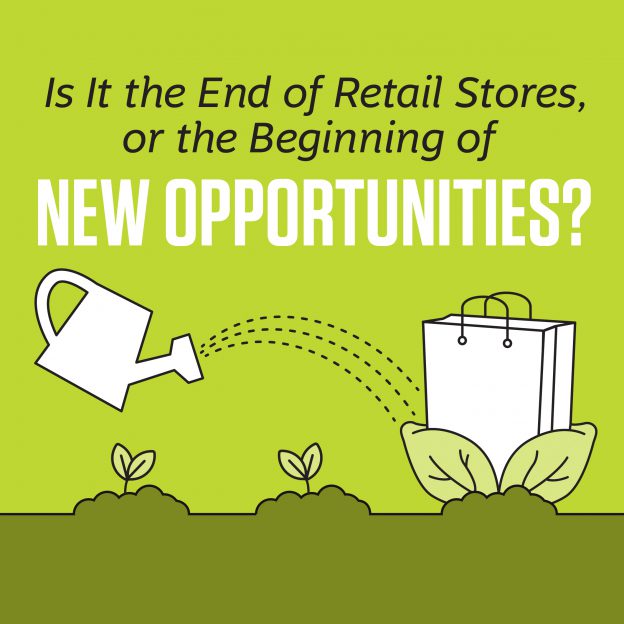Is It the End of Retail Stores, or the Beginning of New Opportunities?
06.07.2017
By Sean Wargo, VP of Research
With retail stores closing all around us these days, it is tempting to ask, “Does the in-store experience even matter anymore, or is it all about the instant gratification of online shopping?”
While it’s clear brick-and-mortar locations are consolidating as some sales shift online, let’s once again return to the shopper journey and the role the physical stores play in consumer decisions. As we all know, once consumers have an inkling of purchase intent (other than with some CPG items), they begin their journey by looking at options online. And in many cases, they have a fairly good idea about the options once they head into the store (which most still seem to do).
Before we fall into the trap of over-generalization, which we wrote about previously, we should be mindful of the subtle differences across shopper journeys. Focusing on a specific category helps in this regard, so let’s take a closer look at PC buyers to learn more about the role the store played in the decision process.
Not So Fast – Consumers Are Lean, But Aren’t Inflexible
In a study conducted by BDSmktg, about 92% of recent PC buyers went into a store with at least some idea of what they wanted to purchase, with the remaining 8% not really having a preconceived notion. Of those who were more “pre-meditated”, only 30% purchased the exact make and model they intended to buy. The majority (62%) changed something with their purchase.
While most might think the change in the decision was related to something small, such as a specification change, 45% of all PC buyers changed their choice of brand, 30% shifted from one PC type to another (such as buying a tablet instead of a laptop), and 14% bought an entirely different operating system. Clearly the store had some impact, with PC brands being the most common shift in-store. This shows consumers shift from one ecosystem to the next based in part to what they saw in the store.
Catalysts Differ, Making It Better for Brands
What is even more compelling here from a retail strategy perspective is that the reason for a switch differed based upon the PC brand the consumer ended up with. Some brands benefitted more from a recommendation by associates. Others had more compelling product demos or did a better job of putting the device in consumers’ hands.
Furthermore, consumer satisfaction with a specific brand experience also differed somewhat by the brand selected. Consumers who received a recommendation for one brand were much more likely to have been satisfied with that brand experience. In another case, nailing the demo lead to stronger consumer satisfaction.
Fewer Stores, But Greater Optimization Potential
Ultimately, all of this tells us a few things. First, we can say with strong certainty the store does have an impact and is relevant to the purchase process, even if that experience is harder to come by as stores close. Second, it also highlights the need to make sure the in-store experience is fully optimized to present your brand story in the best way – something that may become even more cost-effective as brick-and-mortar real estate downsizes. After all, fewer stores may potentially mean more consumers coming through the doors to interact with the tailored experience brands are investing in. Thus, the plight of retail may end up being a boon in terms of ROI. Here’s to seeing an outcome like this coming to fruition.
As always, our BDS experts are here to help you navigate the changing world of retail. Take the first step by contacting us to activate your custom research solution today.